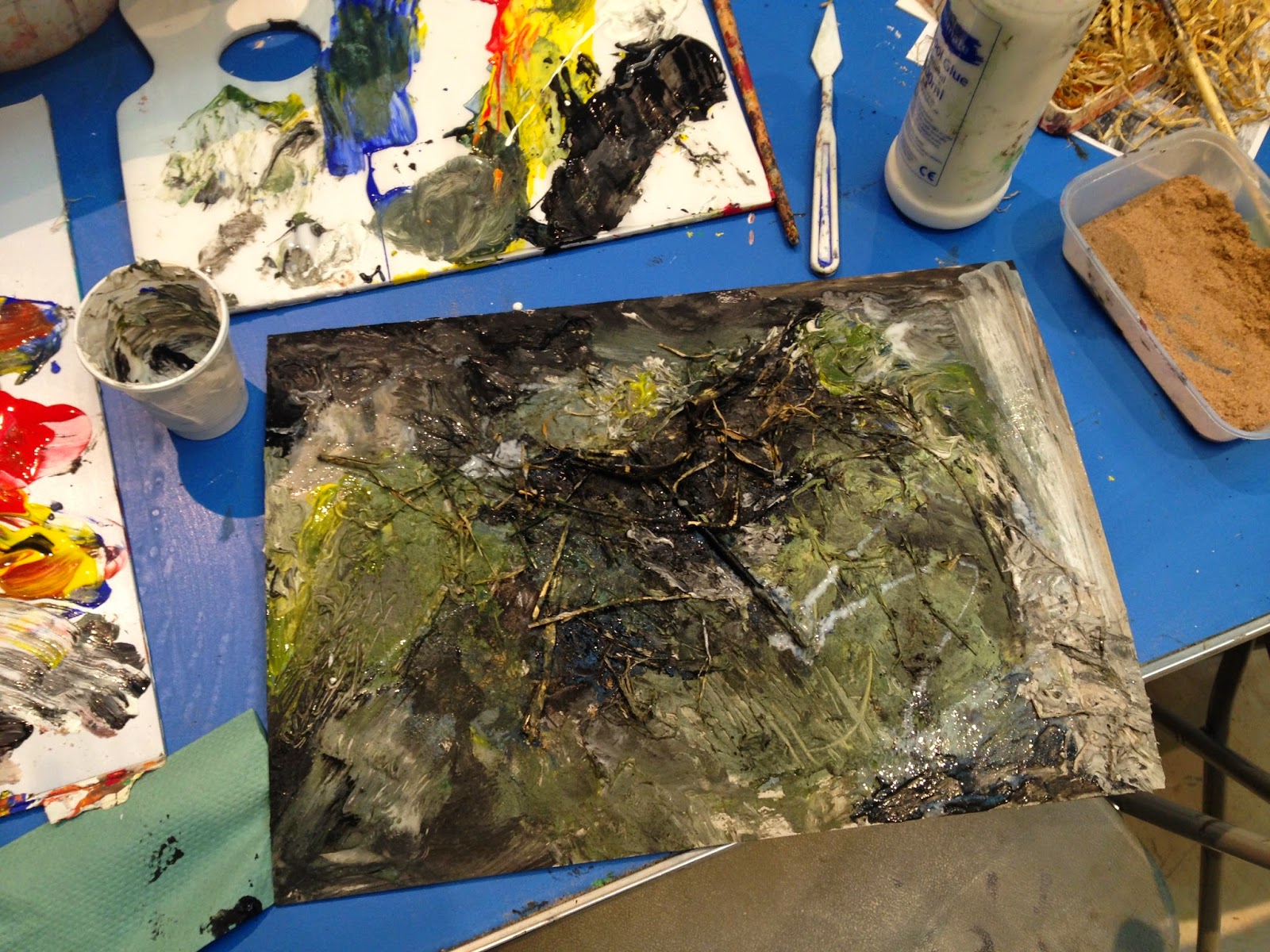 |
| Editing on VSCO - Caroline Wong |
 |
| Editing on Lightroom - Caroline Wong |
 |
| Editing on Photoshop - Caroline Wong |
My decision to use real life friends of mine as models had both pros and cons. To be brutally honest (and also quite harsh), whilst some of the images came out in such a way that even I myself was surprised by, a few also came out looking rather awkward. Whilst I believe I prepared enough by collecting a number of images for a pose board, I should have been aware of the way a camera can be imposing. Whilst I used my models Lisa and Rose because they are both very good friends that are very comfortable with each other, there was often an awkward positioning of the body which could have been eradicated were my models professionals. Either way, I stand by my decision to use two friends as I've been looking into psychological attachments since my starting point was spurred on following a phone call from my best friend who's now moved away for university. The only thing is that the awkwardness could often be felt in the images and so editing took a long time and was a lengthy process.
Starting with the images that weren't so easy to edit- these were mainly standing poses. To try and get the images to work, I started playing around, making the usual tweaks and adjustments (exposure, contrast, hues etc) but to no avail. I then decided to experiment with different levels of saturation but when comparing black and white images to the other more pretty-and-pastel like hues, I found that they didn't quite work as an editorial in a series of photographs.
As it were, I'd tried to fulfil my wish to document in film and I'd captured Polaroid photos of each of the outfits. It seemed like all the images in the Polaroids came out rather well and I found myself wishing the photos captured had been taken digitally instead. Thinking more about the editorial, I began thinking along a tangent of what sort of magazine these images could be featured in and I came to the conclusion of Zeum Magazine- a young and upcoming magazine that started in Canada. With that in mind, I began thinking about how I would format the editorial were I to incorporate the Polaroids I'd taken in lieu of the digital images.
My editorial focuses around psychological attachment and so each element to the photographs is important. Whilst some are more important than others (for instance, the models' expression and poses), the other factors all also contribute to the overall feel of the shoot. This led to my decision to try out setting the polaroid pictures on a background image of the locations I'd shot at. Originally I'd tested out formatting the images and didn't like the way the polaroids sat on the page without a background. The white edges of the photo blended into the page and visually, it wasn't appealing.
After asking around to gain some other opinions, there was a unanimous 'yes' to placing the polaroid photos on another photo as a backdrop. I went around the location (which is my house and the houses nearby) and took photos I thought could work as backgrounds. Later, when it came to testing them out with the polaroids layered over them, I found that the images that weren't busy were the most successful. Those with housing in the background didn't quite fit and it was the photos of bedding and walls that worked the best to keep up an ambience.
When editing, I usually tend to use mobile apps as I can sit and edit whilst travelling without having to bring a laptop with me. However, when I was experiencing trouble with the images, I then moved the images that weren't working into Photoshop as Photoshop obviously offers a wider array of tools and tricks to use. One such change I made to an image on Photoshop was to change the coloring of Lisa's knee high boots. The trim on the boot was green and brown but as my monochrome color is blue, I spent a frustrating amount of time editing the boots until they looked as if they were naturally made blue and navy. When editing, I also played around with Lightroom as I thought it would be a good idea to have a play around on it whilst my friend was sat next to me using it. Lisa (Dunt, not my model) was really helpful and taught both Christele and I how to navigate our way around Lightroom before leaving us to experiment ourselves.
This has been a learning experience for me as I've been able to see what problems can occur during photoshoots and I've also been able to fix those problems through my own accord. I've been able to learn more about Photoshop (through forced learning) and have come to understand the programme a lot more. I was also introduced to Lightroom which is similar to Photoshop and I think I will continue to utilise these editing softwares in conjunction with my mobile applications. Through thinking a little bit more about where the images would be were it an editorial for a magazine, I managed to get past looking at my photos as mere images and start to see them as material for a fashion magazine.








































